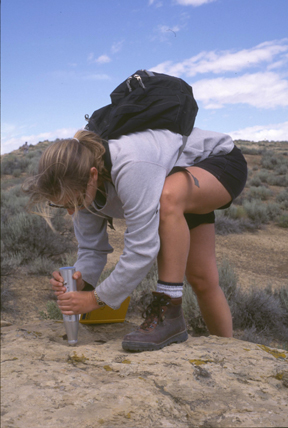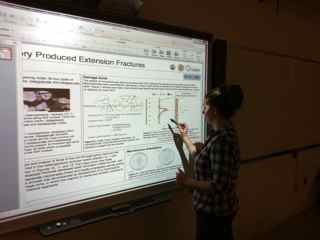1.Physical Modeling Lab
The lab is equipped with up-to-date technology to run innovative physical models that simulate crustal deformation.
At the core of the lab is a computer-controlled deformation apparatus that is composed of two plates, one movable and the other stationary. Two orthogonal and independent computer-controlled step motors control the movement of the movable plate. The computer distributes motion on the two motors to reproduce the desired displacement trajectory. The apparatus can simulate any kind of geological setting (pure extension, compression and strike-slip, as well as transtension, transpression and inversion). |
\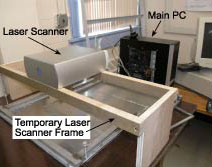 |
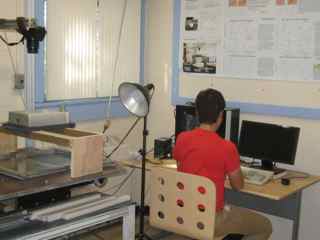 |
Hardware includes: 1 3D laser scanner, 1 PC, 1 video camera and full equipment for photo taking and editing. The 3D laser scanner allows for tracking differences in elevation in the order of 100 Microns. Typical models are a quarter million points, after oversampling and optimization. The custom-built PC with 4Gb of RAM, a 256 Mb Nvidia GeForce 7300GT for fast data acquisition and 3D image. The computer is also equipped software for movie editing (Adobe Premiere) and compression (AutoDesk Cleaner XL 1.5), photo editing (Adobe Creative Suite). The video camera (Canon Elura) is supplemented by two spotlights and tripods to ensure for homogeneous lighting of the model surface. |
Recently we have added Particle Image Velocometry capabilities to the lab. With a Canon 3s digital SLR camera (see above) and PIVLab matlab plug in we can track the displacement of sand particles distributed on the surface of the claybox experiments. This provides complete measurement of the strain field throughout the experiment and facilitates comparison of analog exeriments to numerical simulations. An uniaxial compression rig is regularly used in undergradaute and graduate courses to demonstrate rock strength testing. |
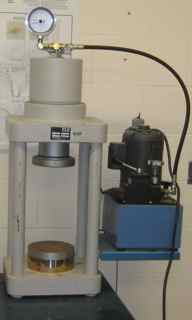 |
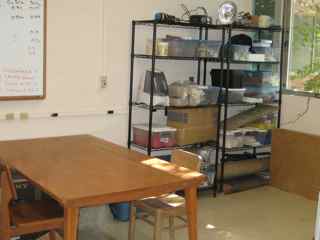 |
The lab is supplied with wet kaolin clay and associated equipment for mixing and measuring undrained shear strength, density and water content. A variety of rubber sheeting and silicone putties are available for specific experimental boundary conditions. The environmental conditions (temperature and humidity) of the room are monitored and maintained. |
